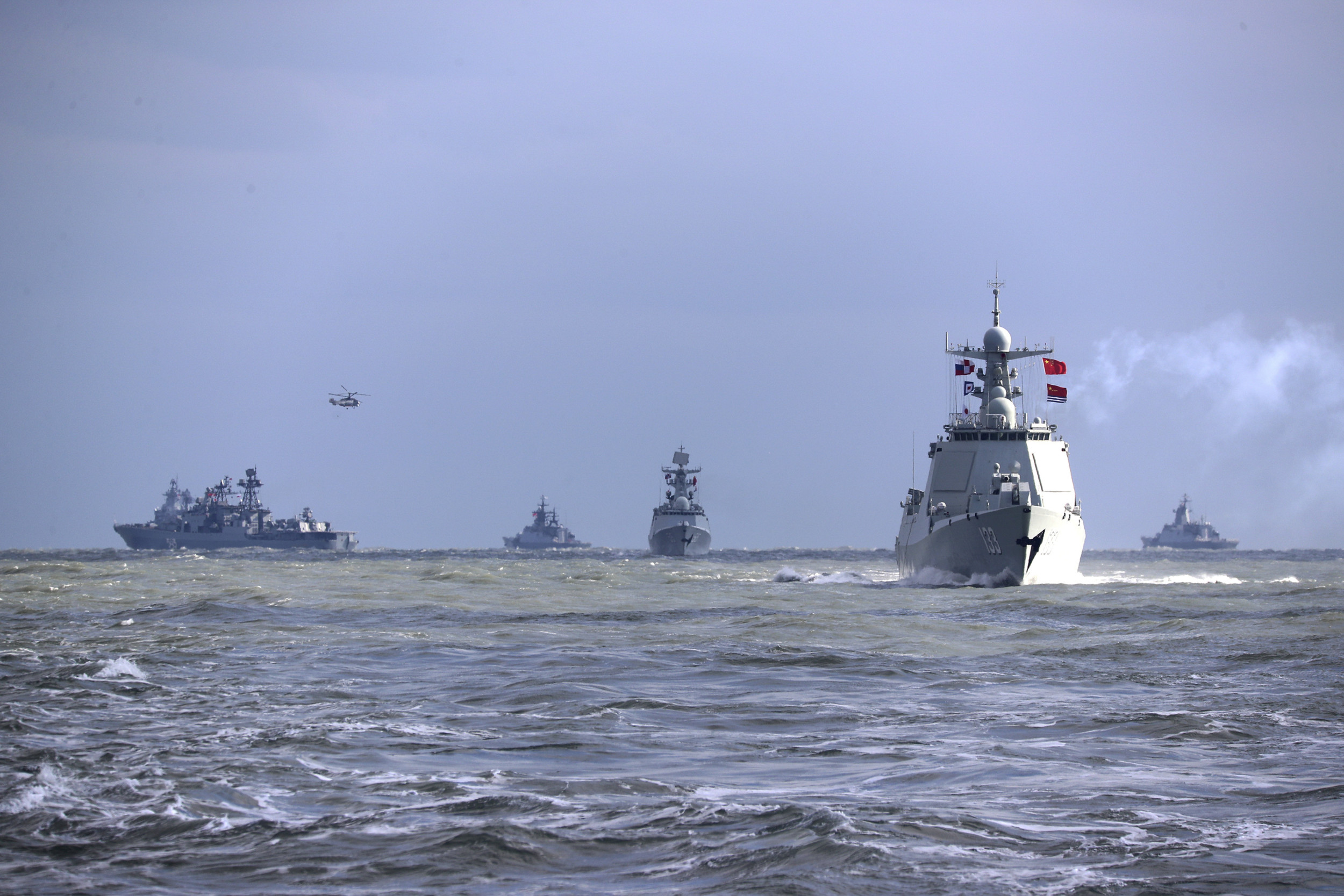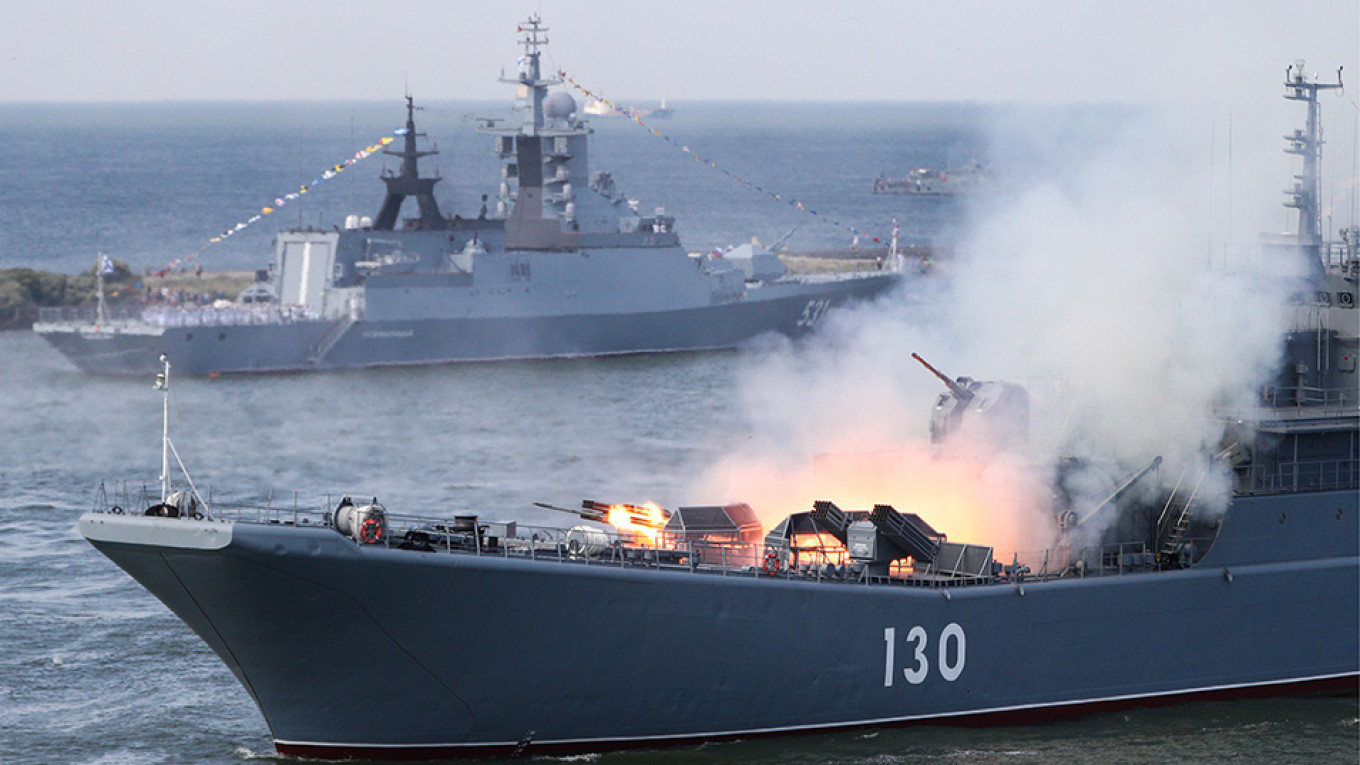Military cruises offer a unique blend of historical exploration, immersive experiences, and engaging onboard activities. These voyages cater to a diverse audience, from veterans seeking camaraderie and reflection to families interested in learning about military history, and enthusiasts eager for unique travel experiences. The industry is witnessing innovative approaches to marketing and partnerships, ensuring these cruises continue to evolve and appeal to a wider range of travelers.
Different cruise lines are employing varied marketing strategies to attract specific segments, from targeted social media campaigns to partnerships with military organizations and historical societies. The result is a growing range of options, each offering unique itineraries, historical focuses, and onboard activities. This diversification is ensuring that military cruises appeal to a broader demographic, from those seeking active participation in reenactments to those preferring more passive observation and learning.
Defining “Military Cruises”
Military cruises offer a unique blend of travel and historical or active-duty immersion, catering to a diverse audience with a shared interest in military history, current affairs, or service experiences. These voyages are not simply leisure trips; they provide curated experiences designed to educate, entertain, and often honor military personnel and their contributions.Military cruises encompass a broad spectrum of offerings, appealing to various demographics and interests.
The shared element is a focus on military themes, whether through historical exploration, interaction with active-duty personnel, or immersive reenactments. The experiences vary significantly depending on the specific cruise’s design and target audience.
Types of Military Cruises
The categorization of military cruises is multifaceted, with offerings ranging from historical tours focusing on pivotal naval battles and significant maritime events to cruises featuring active-duty personnel sharing their experiences and perspectives. Furthermore, some cruises incorporate historical reenactments, allowing participants to engage in simulated scenarios and gain a deeper understanding of past military operations.
Obtain direct knowledge about the efficiency of is there discount for senior citizen in airlines through case studies.
Historical Tours
These cruises focus on exploring significant historical events and locations relevant to naval or maritime military history. Itineraries often include visits to ports with historical significance, such as Pearl Harbor, Normandy, or sites related to specific battles. Onboard lectures and presentations by historians and military experts provide context and in-depth analysis of these events. For example, a cruise themed around World War II might visit key battle sites in the Pacific, with guest speakers providing firsthand accounts or expert analysis of naval strategies and tactics employed during the war.
Active Duty Experiences
These cruises provide opportunities to interact with active-duty military personnel, gaining firsthand insights into modern military operations and life in the armed forces. The itineraries may include visits to active military bases or installations, allowing passengers to witness training exercises or meet with personnel from various branches of the service. Onboard, guest speakers may include active-duty officers or veterans who share their experiences and perspectives on contemporary military issues.
A cruise focused on modern naval operations might include a visit to a naval shipyard, allowing passengers to see modern warships under construction or undergoing maintenance, and onboard presentations by naval officers on current naval strategies.
Reenactments, Military cruises
Some military cruises incorporate historical reenactments, providing an immersive experience for participants. These reenactments may involve simulated battles, drills, or other military activities, allowing passengers to engage in a hands-on exploration of military history. The onboard activities may include workshops on military skills, costume displays, and presentations by historical reenactors. A cruise focusing on the American Civil War, for instance, might include a simulated naval battle reenactment on the open water, followed by lectures on naval tactics and shipboard life during that era.
Typical Itinerary Components
A typical military cruise itinerary usually includes a combination of port visits to locations of historical or military significance, engaging onboard activities, and presentations by expert guest speakers. Port calls often include guided tours of historical sites, museums, or military bases. Onboard activities may range from lectures and presentations to films, exhibitions, and social gatherings with military personnel or historians.
Guest speakers are frequently experts in military history, veterans, or active-duty personnel, offering diverse perspectives and insights into the chosen theme. For example, a cruise focusing on the Cold War might include a visit to a Cold War-era museum in a relevant port city, onboard lectures on Cold War strategy, and presentations by historians and former intelligence officers.
Historical Significance and Educational Aspects: Military Cruises

Military cruises offer a unique opportunity to combine leisure travel with immersive historical education. By incorporating visits to significant naval battle sites and historical landmarks, these cruises can provide passengers with a deeper understanding of maritime history and the roles played by various navies throughout time. This approach transforms a vacation into an enriching educational experience, fostering appreciation for the sacrifices and achievements of military personnel.
The educational value of military cruises is significantly enhanced by the integration of historical events and locations into the itinerary. This allows for experiential learning, making history come alive for participants beyond the confines of a textbook or documentary. The immersive nature of visiting actual sites connected to pivotal moments in history strengthens comprehension and retention.
Examples of Historical Naval Battles and Events
Several historical naval battles and significant military events lend themselves perfectly to incorporation into military cruise itineraries. The Battle of Trafalgar (1805), a decisive British victory that secured naval dominance for Britain, could be commemorated with a visit to sites in the region, potentially including Cádiz, Spain, and a detailed discussion of the battle’s strategic implications. Similarly, the Battle of Midway (1942), a turning point in the Pacific Theater of World War II, offers opportunities for exploration of Pearl Harbor and discussions of the innovative tactics employed by the US Navy.
The Normandy landings (1944) could be explored through visits to Normandy beaches and museums, offering insights into the planning and execution of the D-Day invasion. These examples represent only a fraction of the potential historical events that could be integrated into military cruise itineraries.
Potential Historical Sites and Museums
The following table Artikels potential historical sites and museums that could be visited during a military cruise, offering diverse historical perspectives:
| Port | Site | Historical Significance | Suggested Activity |
|---|---|---|---|
| Portsmouth, UK | HMS Victory | Flagship of Lord Nelson at the Battle of Trafalgar; symbol of British naval power. | Guided tour focusing on shipboard life and the battle. |
| Pearl Harbor, USA | USS Arizona Memorial | Memorial to those lost in the attack on Pearl Harbor; site of significant historical event. | Moment of silence and guided tour exploring the events of December 7, 1941. |
| Normandy, France | Omaha Beach | Landing site of Allied forces during D-Day; pivotal moment in World War II. | Guided tour, exploring the beaches and nearby cemeteries, reflecting on the sacrifices made. |
| Hiroshima, Japan | Hiroshima Peace Memorial Park and Museum | Memorial to the victims of the atomic bombing; powerful reminder of the consequences of war. | Reflection and guided tour exploring the impact of the bombing and the pursuit of peace. |
Onboard Lecture Series: The Pacific Theater of World War II
An onboard lecture series focusing on the Pacific Theater of World War II could provide a comprehensive overview of this crucial conflict. The series could be divided into several lectures, each addressing a specific aspect of the war. One lecture could focus on the pre-war tensions and the events leading up to Pearl Harbor, including the expansionist policies of Japan and the responses of the United States and its allies.
Another lecture could detail the key battles of the war, such as Midway, Guadalcanal, and Iwo Jima, analyzing the strategic decisions and tactical maneuvers that shaped the conflict. A third lecture could explore the impact of the war on the civilian populations of both the Allied and Axis powers, highlighting the devastation caused by the conflict and the lasting effects on the societies involved.
Finally, a lecture could discuss the use of new technologies, such as radar and aircraft carriers, and their impact on naval warfare. The series could incorporate visual aids such as maps, photographs, and video footage to enhance the learning experience. Guest speakers, including historians and veterans, could be invited to share their expertise and personal experiences, adding further depth and perspective to the lectures.
Partnerships and Collaborations

Military cruises, designed to offer unique historical and educational experiences, can significantly benefit from strategic partnerships. Collaborations with various organizations enhance the authenticity, depth, and overall appeal of these voyages, transforming them from simple sea journeys into immersive historical explorations. Successful partnerships are crucial for creating a truly memorable and enriching experience for participants.Successful military cruises rely heavily on the expertise and resources offered by external partners.
These collaborations not only add credibility but also contribute to a richer and more comprehensive understanding of the subject matter. The synergy created through these partnerships leads to a more engaging and informative cruise experience for all involved.
Military Organization Partnerships
The direct involvement of military organizations, such as branches of the armed forces or veteran’s groups, brings unparalleled authenticity to military cruises. For instance, a partnership with the US Navy could provide access to retired naval personnel who can deliver firsthand accounts of naval history, potentially leading specialized tours of historical naval vessels or providing insights into specific naval operations.
This level of expertise is invaluable in creating an immersive and accurate historical narrative. The credibility lent by such partnerships is a significant draw for potential cruise participants. Furthermore, such collaborations can open doors to exclusive access to military bases or facilities, adding unique opportunities for onboard activities and excursions.
Collaboration with Museums and Archives
Military museums and historical archives are essential partners in developing the educational content of military cruises. These institutions provide access to a wealth of primary source materials, artifacts, and expert knowledge. For example, a collaboration with the National Museum of the US Air Force could provide access to rare photographs, documents, and potentially even the loan of artifacts for display on board.
This collaboration allows for the creation of exhibits and presentations that are both historically accurate and engaging. Furthermore, the expertise of museum curators and historians can be leveraged to develop educational programs and lectures delivered by leading experts in the field, ensuring high-quality, factual information is presented.
Private Sector Partnerships and Sponsorships
Private sector partnerships can significantly enhance the cruise experience and provide valuable resources. Military equipment manufacturers, for example, could sponsor onboard exhibits showcasing their historical contributions to military technology. This could involve the display of historical equipment replicas or even interactive simulations, providing a tangible connection to the historical narratives presented. Similarly, historical societies and foundations could contribute financially or through the provision of expert speakers and researchers.
Such sponsorships can also provide opportunities for exclusive access to private collections or historical sites, enriching the overall itinerary. For example, a partnership with a foundation dedicated to World War II history could provide access to private collections of letters, diaries, or personal artifacts, adding a deeply personal and human element to the cruise’s historical focus.
The rise of military cruises represents a fascinating convergence of tourism, history, and personal connection. By offering immersive experiences and educational opportunities, these voyages provide a unique way to explore pivotal moments in history and honor the sacrifices made by military personnel. As the industry continues to innovate and expand, military cruises are poised to become an increasingly popular niche within the travel market, enriching the lives of participants and fostering a deeper understanding of the past.



